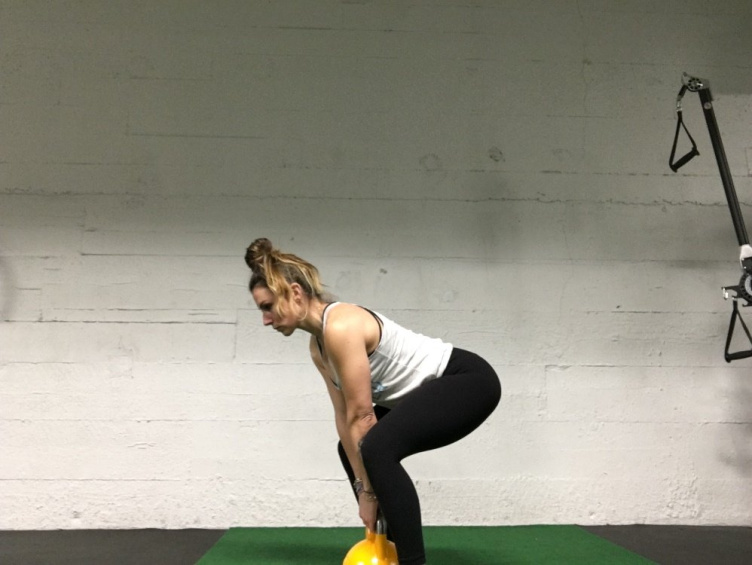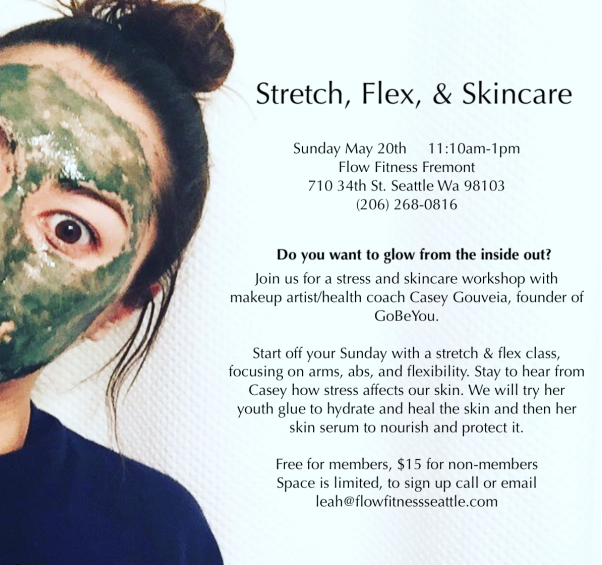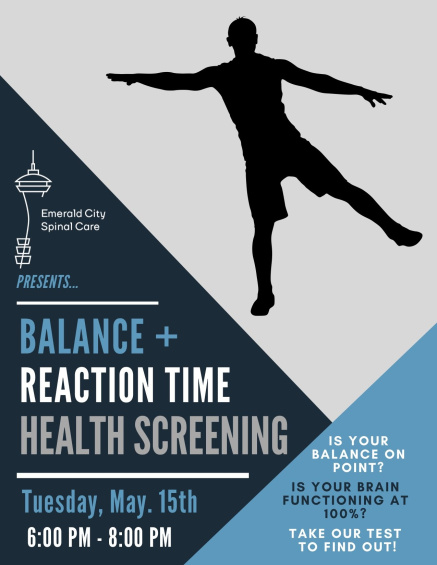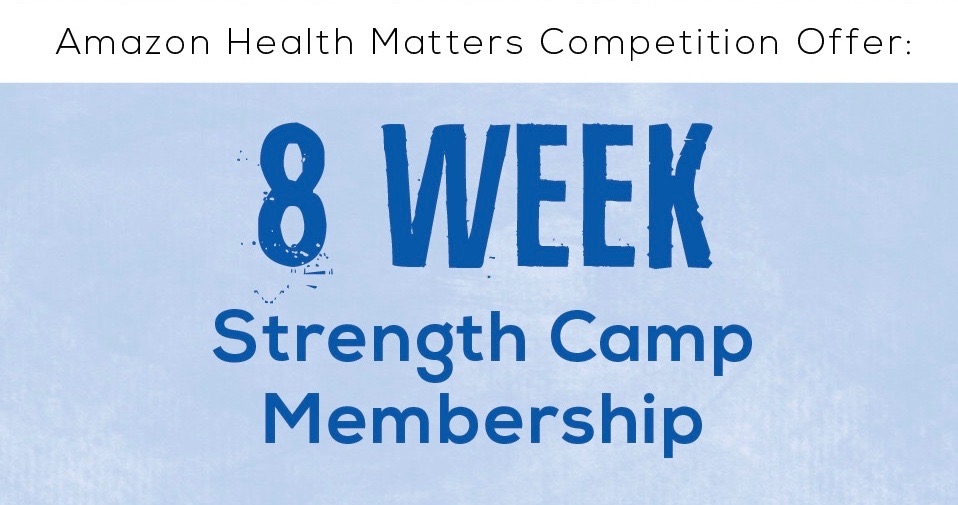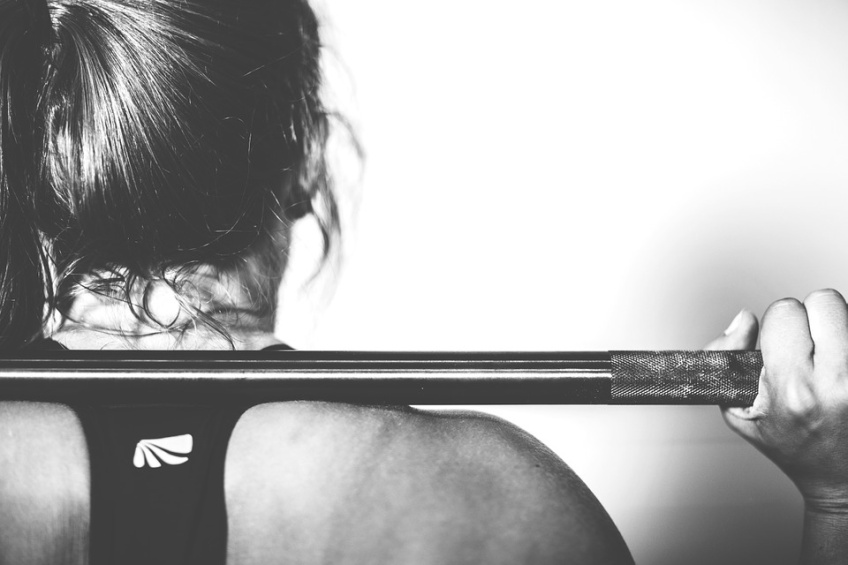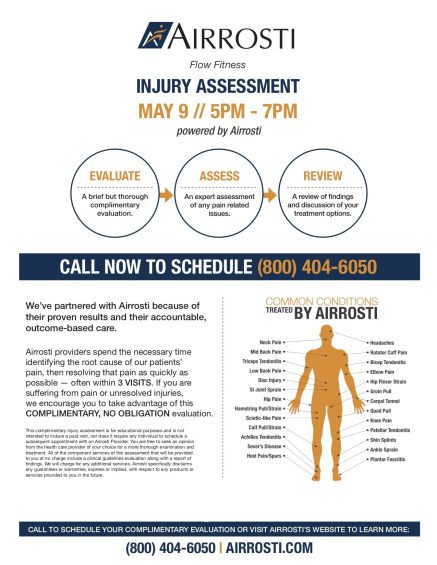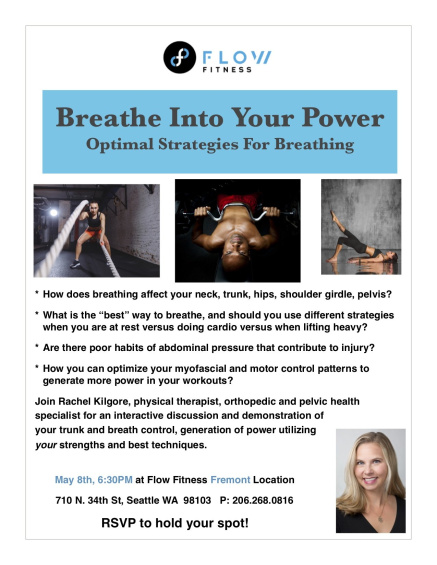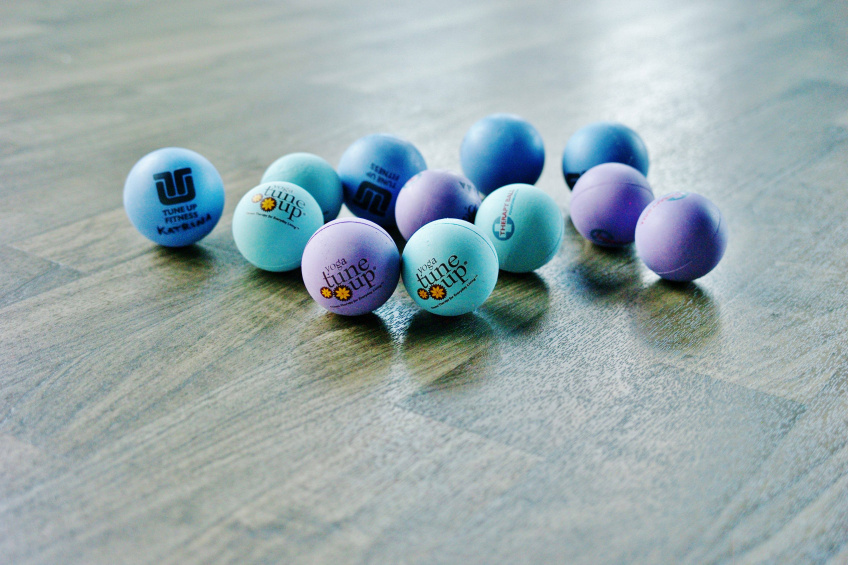Burning fat, building muscle, or getting stronger — most athletic and aesthetic goals fall into or combine these three categories. Whatever your goals, however, resistance training is a must. But that doesn’t mean 500 curls with the 0.5-pound pink dumbbells off in the corner. It means an intelligently planned program that includes a rep scheme that dictates how much volume you train with for each exercise and that deliberately pushes you just to the point of failure.
That was a lot of jargon. Let’s break it down:
- Resistance training:
- Another term for strength training, resistance training is “a form of physical activity that is designed to improve muscular fitness by exercising a muscle or a muscle group against external resistance.”
- Aesthetic lifting:
- Typically associated with bodybuilding or modeling, aesthetic goals are focused on sculpting the body to a specific design.
- Rep schemes:
- Reps and sets are the backbone of any program. Every set has a specific rep (repetition) range in it. So, if you have a program that requires you to perform 3×5 squats, you will be doing three sets with five squats in each set. If a program has you doing 4×6, you will be performing four sets of squats with six repetitions per set. You rest between each completed working set.
- Volume:
- Volume is how much work you do. It is the total amount of weight moved over each rep of every set. If your squatting rep scheme is 4×10 at 315 pounds, your volume for that particular exercise is 12,600 pounds.
- Working sets:
- Working sets are different from your warm-up sets. Any physical activity, be it running, lifting weights, boxing, or playing guitar, requires that you warm up before you can safely and effectively go full speed. Working sets are those included in your program as opposed to the preliminary lightweight repetitions intended to “wake your muscles up.”
- Point of failure:
- When your body simply will not go any further, you’ve reached your point of failure. If you can successfully do 20 pushups before your technique begins to degrade, then your point of failure for pushups is 20 reps. Only when pushing your limits does your body begin to adapt to the stress, so that you can eventually surpass those limits.
If this were the end of it, you might have a convincing case for those plastic 0.5-pound pink weights off in the corner, but it’s not. The body adapts to the type of stress you place it under. If you challenge the maximum amount of weight you can carry, it will adapt with gains in strength. If you challenge how many repetitions you can perform, it will adapt to be able to perform more repetitions. These physical adaptations show themselves in different ways. Increases in muscle size are referred to as hypertrophy, and do not directly translate into increases in strength. Similarly, increases in strength do not translate into massive differences in muscle size. Muscle size does increase with strength-focused resistance training, but at a much lower rate than if you were training specifically for hypertrophy.
Controlling your rep volume allows you to deliberately manipulate how your body adapts to the stress you place on it. This way, you can control whether you maximize strength gains, muscle size, conditioning, or a balance of all three.
Where exactly your volume and rep scheme should fall for your goal varies according to several schools of thought, but a few proven standards have stood out for providing solid results.
Getting Stronger
If you want to get stronger, you need to give your body a reason to get stronger. Performing too many reps will detract from the total amount of weight you’re moving per rep. Rep schemes of 3×3 and 3×5 tend to maximize strength gains.
Building Muscle
For building muscle and increasing size, like a model or bodybuilder, you want to do higher-volume work. This means using less weight, even though the only way to reliably get stronger is to lift heavy weight.
Look at it this way: The person who overhead presses 185 pounds with a rep scheme of 3×3 achieves a total volume of 1,665 pounds. The person who overhead presses 135 pounds with a rep scheme of 4×8 achieves a volume of 4,320 pounds.
The first person will make more progress in strength, but the second person will develop muscle size far more quickly.
Establish Your Goal and Design a Program That Will Help You Reach It
That mouthful of a header says exactly what you need to do. Every exercise and detail about how you approach it is a tool you can use to achieve a specific goal. If you want more defined muscles, increase your volume; if you want to get stronger, regularly challenge how much weight you can move with strict form. In either case, consistency is key. Keep grinding away, and you’ll get where you want to be.


